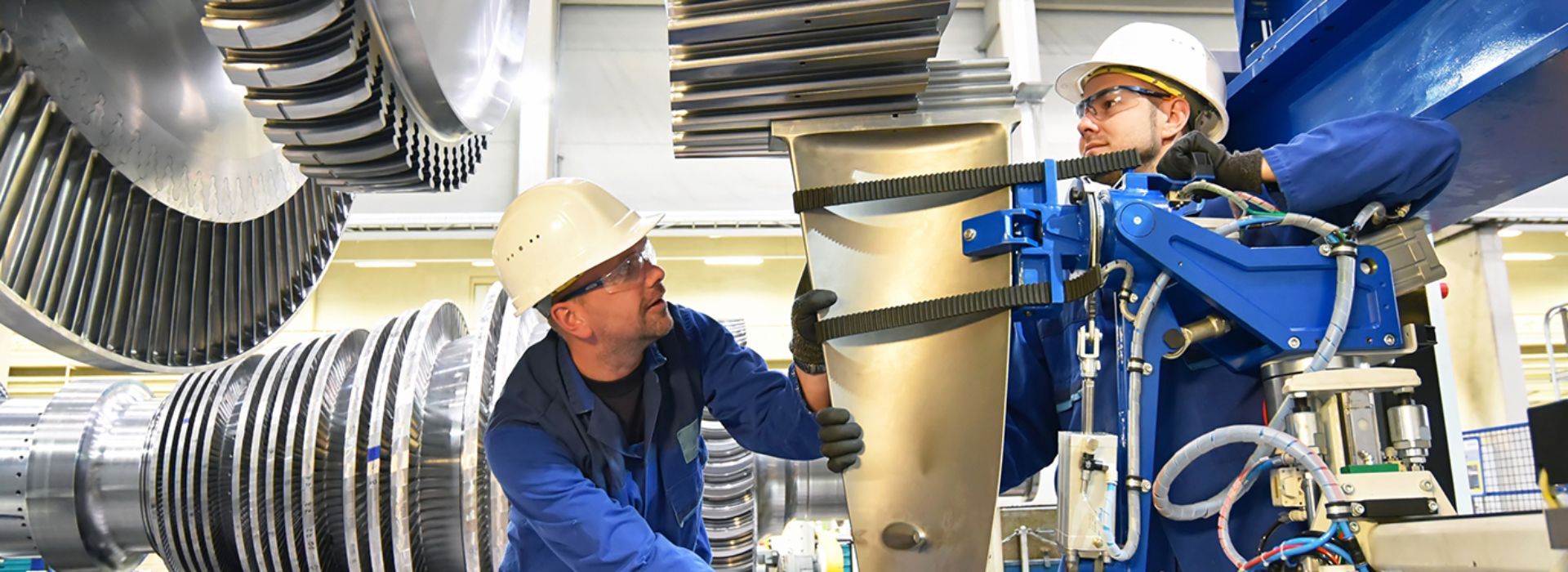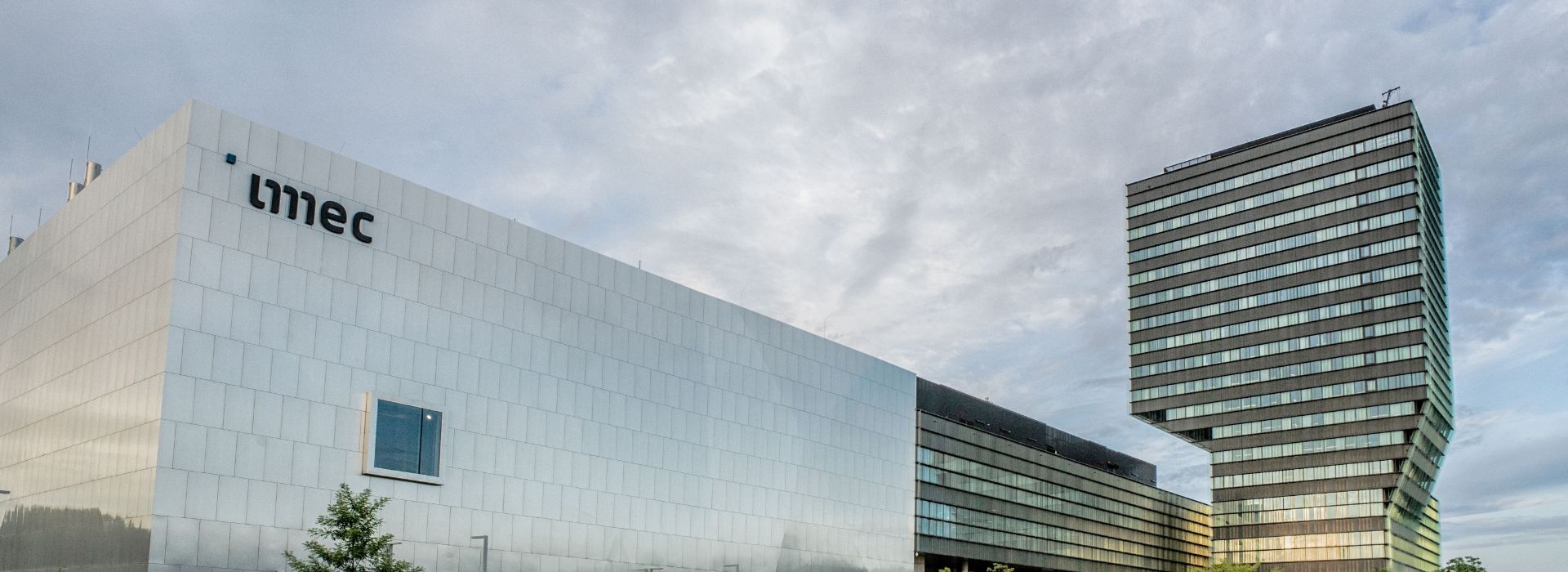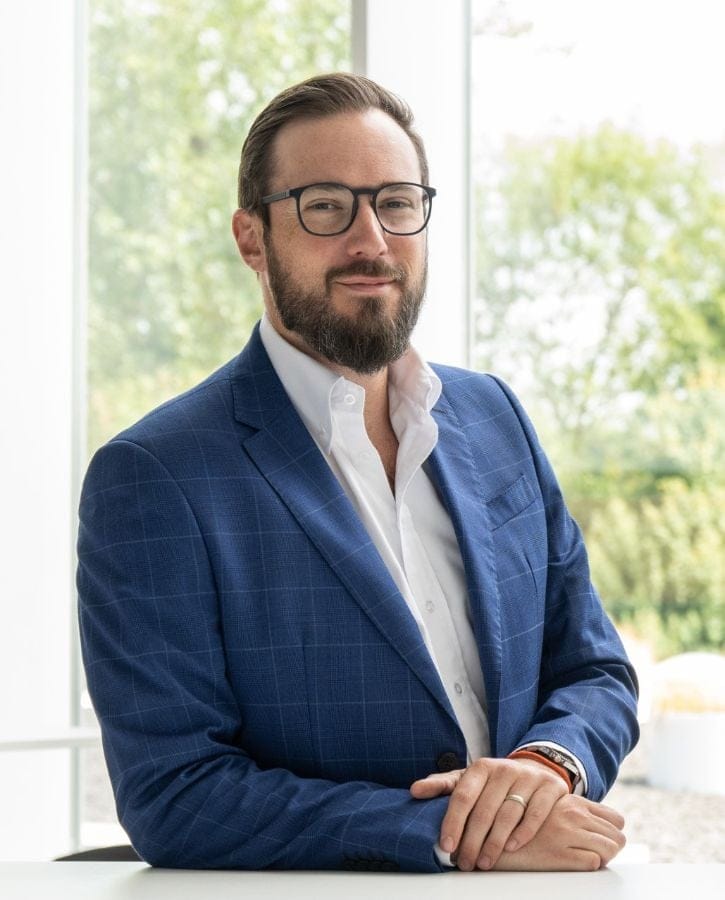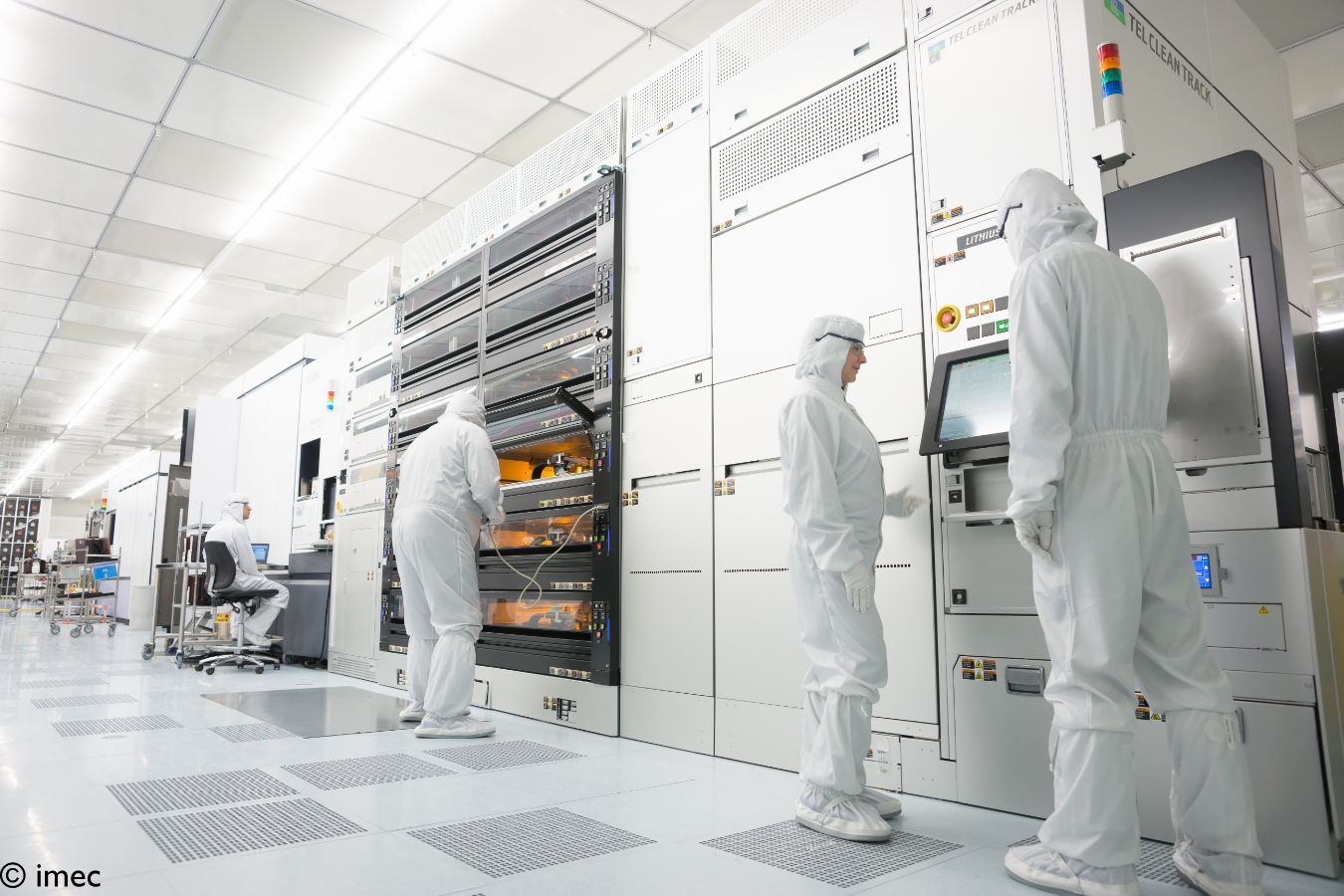 GOING GREEN WITH A TECHNOLOGY USAGE SOLUTION FOR IT
Discover how Coca-Cola HBC Austria leverages its IT strategy to support its sustainability objectives
GOING GREEN WITH A TECHNOLOGY USAGE SOLUTION FOR IT
Discover how Coca-Cola HBC Austria leverages its IT strategy to support its sustainability objectives
Commencing our story, we introduce imec, which is more than just another R&D hub. The combination of top talent, unique infrastructure, and a worldwide partner network makes them a world leader in nanoelectronics and digital technologies. With a track record of 40 years in driving the microchip roadmap, imec remained at the forefront of advancing chips to be smaller, faster, more affordable, and more sustainable. Every smartphone includes microchip technology invented by imec.
With a global team of over 5,500 talented employees from more than 95 nationalities, imec has its primary presence in Flanders, Belgium. The seamless fusion of cutting-edge microchip technology with profound data and AI knowledge is what sets imec apart. While microchip technology is at the core of what imec does, their impact extends significantly across key application domains, playing a vital role in advancing innovation in health, mobility, energy, agrifood, industry 5.0, and data- and telecom.
The foundation of imec’s strategy and success is reflected in their collaborative ecosystem, bringing together the entire nanoelectronics value chain. Competitors work side by side in imec’s world-class cleanrooms. Imec fosters a strong connection with the academic world which nurtures their innovative excellence, and is committed to stimulating entrepreneurship and kickstarting remarkable technology start-ups by offering easy access to chip development, prototyping and production services.
This is how imec is actively shaping the future and embracing the promise of a better life.
We speak with Wouter Machiels, Chief Procurement Officer at imec, about our partnership, which is based on shared values and a strong bond of trust.
You also have a strong focus on sustainable innovation. How do you reconcile strategic procurement with sustainable innovation?
Your question strikes at the heart of the problem, because it suggests that procurement and sustainability are somehow incompatible. However, this is a prevailing misconception today that I would like to make a thing of the past. After all, sustainability is not more expensive, more time-consuming, or only relevant for a small subset of society. On the contrary, we can drive innovation and competitive advantage through sustainable development. But if we want to convey the benefits of sustainable procurement, we need to think about our messaging.
Could you give an example to illustrate this point?
One of the key objectives of my procurement strategy for imec is to become more sustainable every year. With the help of CHG-MERIDIAN, we can give our capital assets a second lifecycle in alignment with the principles of the circular economy. This circularity aspect is very important to us. The best way to minimize our environmental footprint would be to not procure any new devices at all. But that is simply not compatible with our business model. When CHG-MERIDIAN presented its carbon-neutral leasing model, carbonZER0, I was on board straight away. Together with Joelle Tcherkezian, Senior Key Account Manager and Rony Timmermans, Executive Vice President Finance South-Western Europe, we presented the added value of this solution to Filip Merckx, our Chief Financial Officer. Herein lies the value of our partnership.
I also have a very good collaboration with Wim Fyen, our Sustainability Director, which is based on mutual trust where we keep each other informed, discuss issues, occasionally resolve disagreements and constantly challenge the status quo. This cultivates fertile ground for sustainable innovation. We are not looking for one big breakthrough that eclipses everything else. Consequently, we present an alternative solution to outright purchasing to our internal customers, prompting them to reconsider their business approach, thereby increasing awareness and fostering a shift in mindset. Last year, to give one example, we transitioned from purchasing to leasing for our material handling equipment.
Discover more
 GOING GREEN WITH A TECHNOLOGY USAGE SOLUTION FOR IT
Discover how Coca-Cola HBC Austria leverages its IT strategy to support its sustainability objectives
GOING GREEN WITH A TECHNOLOGY USAGE SOLUTION FOR IT
Discover how Coca-Cola HBC Austria leverages its IT strategy to support its sustainability objectives






